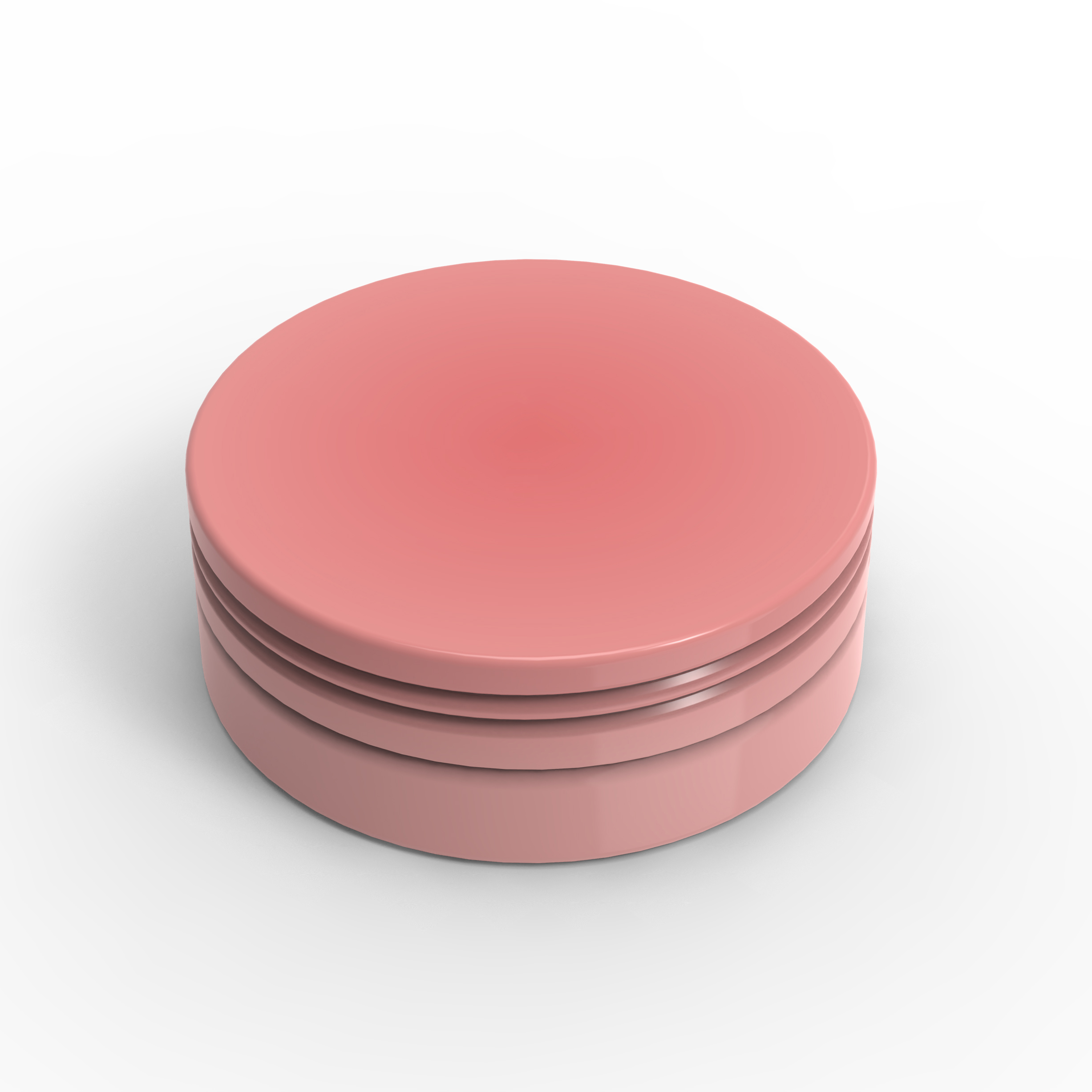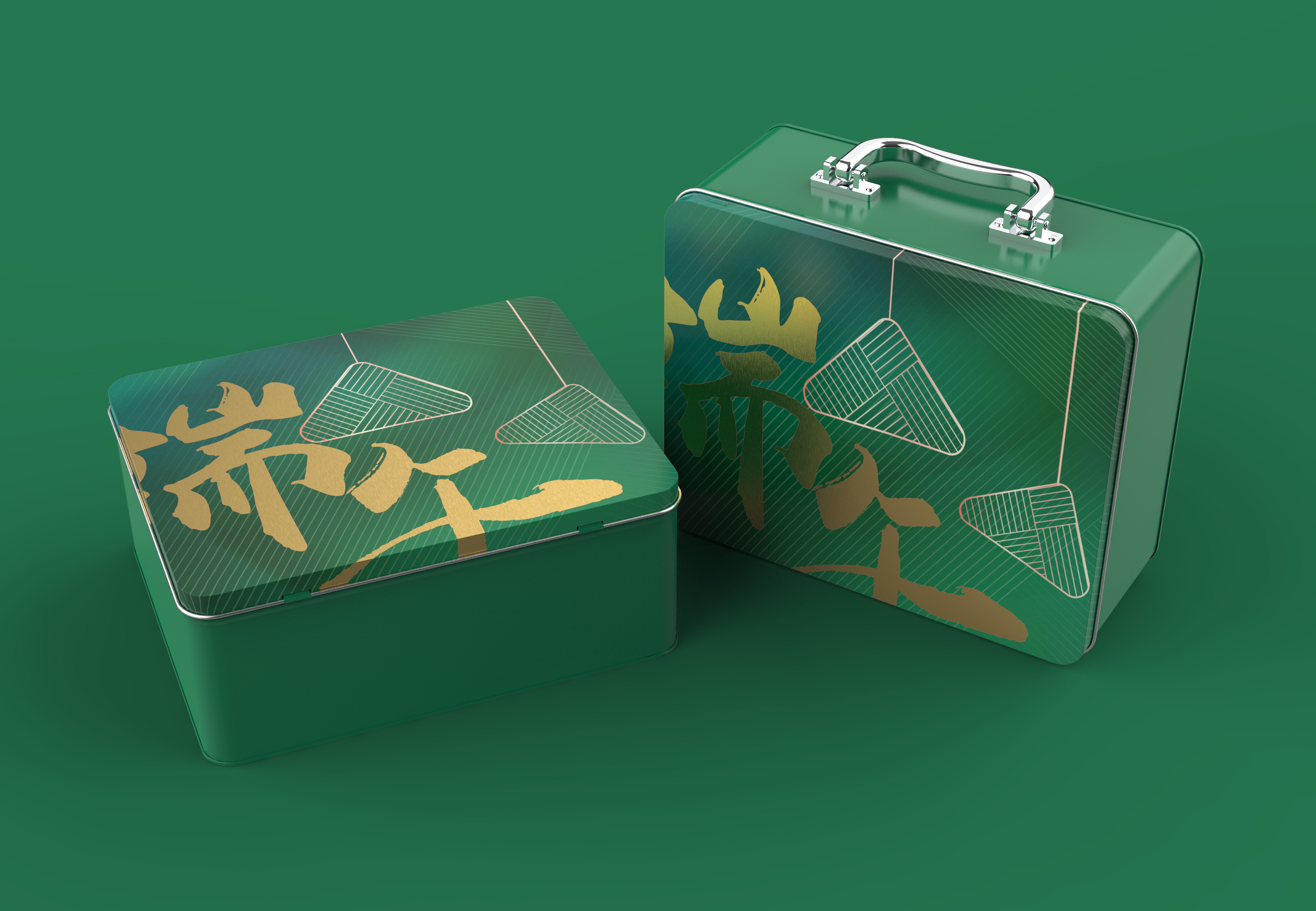Tinplate cans are an integral component of the packaging industry, known for their durability and versatility. Tinplate can product structures are divided into three main categories: one-piece cans, two-piece cans, and three-piece cans. Each type has its own unique characteristics, advantages and disadvantages, and is suitable for different uses. This article will take an in-depth look at the various structures of tinplate cans, focusing on their definitions and characteristics, and discussing hinge, gong bottom, buckle bottom, and ring components.
A single-piece can is a seamless structure, typically made from one sheet of tinplate. This design eliminates the need for seams, which increases the strength and integrity of the can. Single-piece cans are often used for products that require a high degree of protection from external elements, such as food and beverages. The absence of seams reduces the risk of leaks and contamination, making it ideal for preserving the freshness of the contents. However, the manufacturing process for single-piece cans can be more complex and expensive than other types of cans, which may limit their use in certain markets.
In contrast, a two-piece can is constructed from two distinct parts: a cylindrical can body and a can lid. This design allows for more efficient production as it reduces material waste and is cheaper to produce. Two-piece cans are commonly used for beverages and food products as they are lightweight yet strong and durable. The two-piece can construction also allows for a variety of neck finishes that can be customized for specific pouring or dispensing needs. However, the presence of a seam can be a disadvantage as it can be a potential weak point in the can structure, leading to leakage issues.
The three-piece can is made up of three separate parts: the cylindrical can body and the two ends (top and bottom). This traditional design is often used for products that require a more robust structure, such as industrial applications. Three-piece cans have different bottom designs, including gong bottoms and buckle bottoms. The gong bottom features its curved shape, which provides additional strength and stability, while the buckle bottom design allows for easy stacking and storage. However, three-piece cans are generally heavier and bulkier than one-piece and two-piece cans, which may limit their use in the consumer market.
The neckline of a tinplate can plays a vital role in its functionality. It is the area where the can is sealed and can be designed to fit various types of closures, such as screw caps or pull rings. The design of the neckline can significantly affect the user experience and the ease of opening and resealing the can. In addition, the neckline also affects the overall aesthetics of the can, so it is an important consideration in product design. 
In summary, the product structure of tinplate cans contains a variety of designs, each with its own characteristics, advantages and disadvantages. One-piece cans provide seamless strength, while two-piece cans provide cost-effectiveness and versatility. Three-piece cans are structurally strong and suitable for industrial applications. Understanding these differences is crucial for both manufacturers and consumers, as it allows for an informed decision when choosing the right tinplate can for specific needs. As the packaging industry continues to develop, innovations in tinplate can structures will undoubtedly play an important role in meeting various market needs.
Post time: Dec-19-2024





